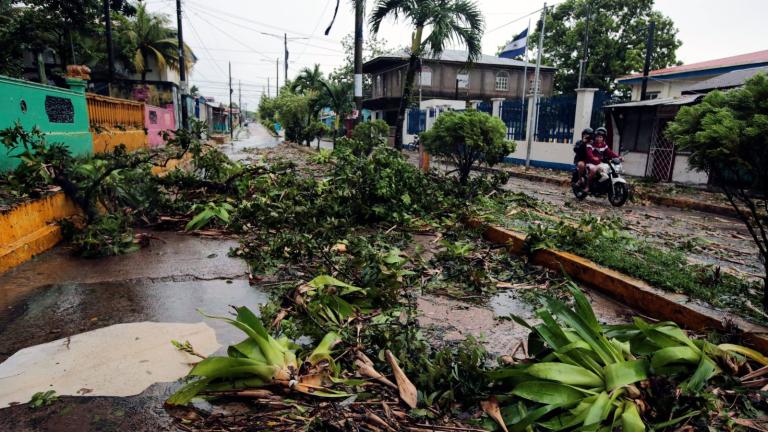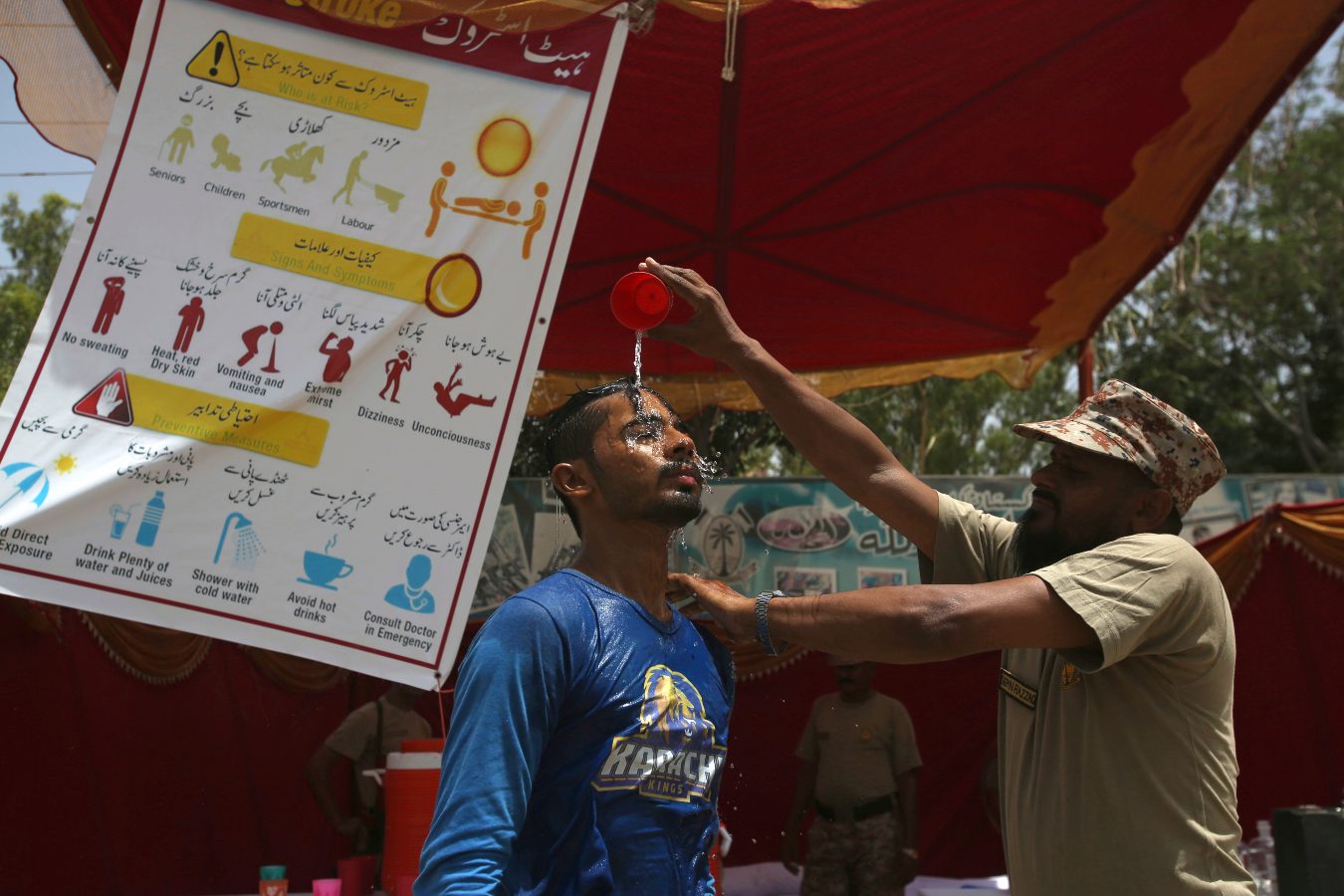Extreme heat kills more people globally than any other climate-change related hazard, and will likely increase human suffering in parts of the world with already high humanitarian needs, according to a new report.
The joint report from the UN’s humanitarian aid office and the International Federation of Red Cross and Red Crescent Societies, or IFRC, outlines the unequal impacts of extreme heat and the steps that governments and humanitarian organizations can take to reduce the risk to vulnerable communities and help them adapt.
The report, released ahead of next month’s UN climate change conference in Egypt, states that parts of the world facing the most extreme health and social crises — the southern Sahara region, the Horn of Africa, and areas of South and Southwest Asia — will also be the hardest hit by heat waves in the coming decades. This would not only result in suffering and loss of life, but also massive population movements and deeper inequality.
“The climate crisis is intensifying humanitarian emergencies all around the world,” said Jagan Chapagain, the Secretary General of the IFRC, in a statement. “To avert its most devastating impacts, we must invest equally on adaptation and mitigation, particularly in the countries most at risk.”
In both wealthy and poor countries, the dangers posed by extreme heat are growing at an astounding rate due to climate change. But its impacts are unequal. Agricultural workers, migrants, children, and the elderly are at the highest risk of illness and death as a result of high temperatures. And low-income countries — those least responsible for climate change — will see the highest temperature increases and will bear the brunt of heat stress.
In low-income countries, vulnerability to extreme heat will be felt the most in urban communities that lack access to reliable electricity and water infrastructure. A 2018 report from a collaborative project called The Future We Don’t Want, predicted that by mid-century there would be a 700 percent increase in the number of urban poor living in extreme-heat conditions. While a number of countries like India have adapted city, state, and national “heat action plans” to reduce risk from extreme heat, few low-income countries and no African countries have put any in place.
But the good news, according to the report, is that at-risk urban communities are also uniquely positioned to benefit from heat action plans that humanitarian groups have already implemented in sprawling migrant camps. These plans include using religious sites and public spaces as cooling centers, painting roofs white to cool shelters, and establishing seasonal heat warning systems. The report encouraged these humanitarian groups to share these techniques and other expertise with city and national governments in countries where they are already established.




